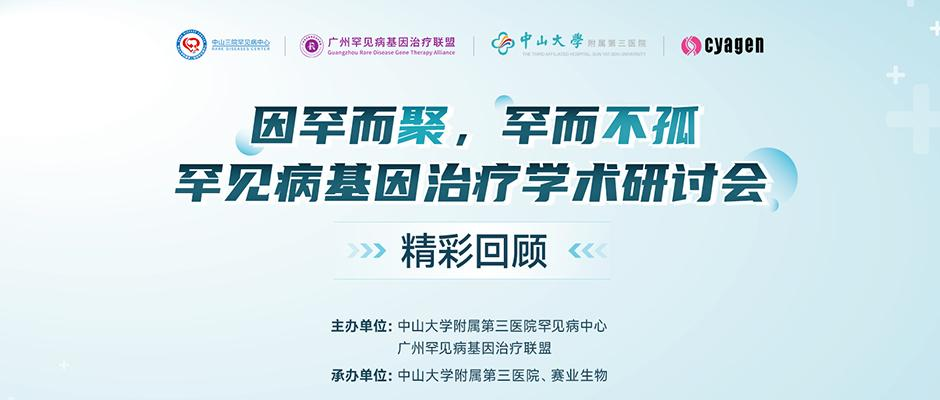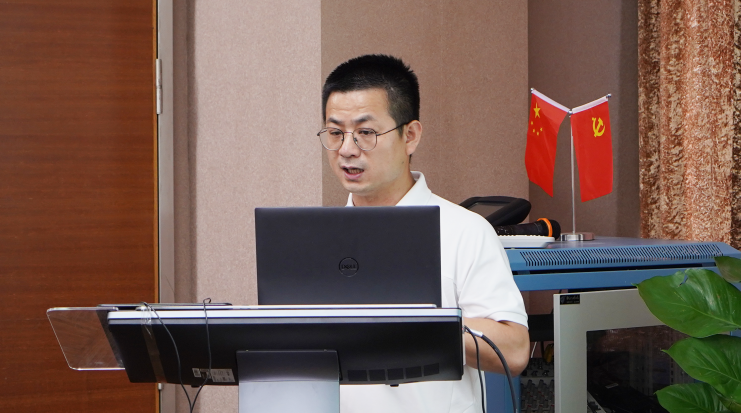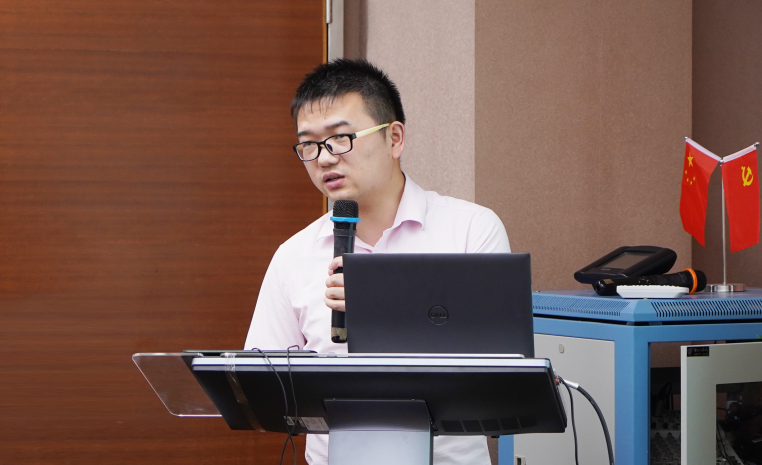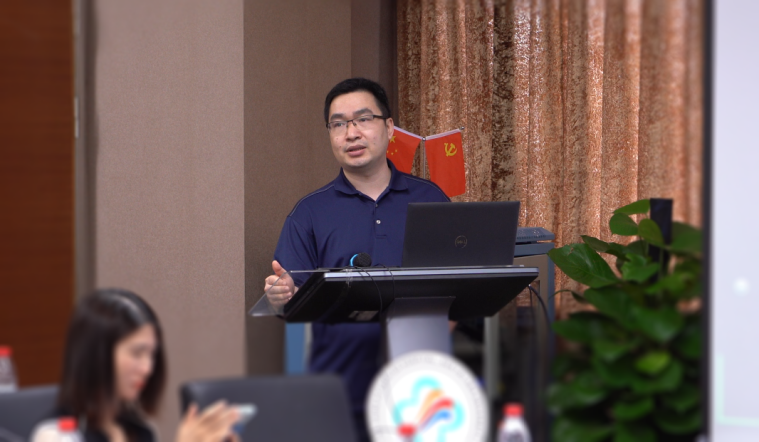A seminar on gene therapy for rare diseases was successfully held at Sun Yat-sen Memorial Hospital, jointly promoting the future of medical innovation
A seminar on gene therapy for rare diseases was successfully held at Sun Yat-sen Memorial Hospital, jointly promoting the future of medical innovation
Seminar on Gene Therapy for Rare Diseases
Review of the Highlights
On May 31st, the Rare Disease Center of the Third Affiliated Hospital of Sun Yat-sen University, in collaboration with the Guangzhou Rare Disease Gene Therapy Alliance, held an academic exchange conference on rare diseases. The Third Affiliated Hospital of Sun Yat-sen University and Sanyou Biopharmaceuticals were the organizers of this conference. The seminar focused on the theme of "coming together because of rarity, not being alone because of rarity", and discussed the current diagnosis and treatment of rare diseases in children, clinical and basic research on genetic metabolic liver disease and rare disease scoliosis, the path to transforming gene therapy technology, the drive of gene-edited mice and humanized models for gene therapy drug research and development, and other rare disease diagnostic and treatment technology research and clinical transformation issues, followed by enthusiastic discussions.
Professor Qiu Wei, Director of the Rare Disease Center of the Third Affiliated Hospital of Sun Yat-sen University, along with Associate Directors Professor Li Xinhua, Professor Huang Zifang, Professor Zhu Shunye, and Professor Zhang Bingjun, Director Han Lanqing from the Artificial Intelligence Innovation Center of Tsinghua Pearl River Research Institute, Dr. Yu Xiaofeng, Chief Scientist of Sanyou Biopharmaceuticals, Dr. Ren Sheng, Head of Gene Therapy Service Platform at Sanyou Biopharmaceuticals, and Dr. Wu Yao, Application Scientist at Sanyou Biopharmaceuticals, participated in the conference. They systematically shared the industry status and frontier of rare disease research through research cases.
Professor Qiu Wei, Director of the Rare Disease Center of the Third Affiliated Hospital of Sun Yat-sen University, first warmly welcomed the visitors from the Guangzhou Rare Disease Gene Therapy Alliance and Sanyou Biopharmaceuticals. He mentioned that the current research and development process for rare diseases is steadily progressing, which requires cooperation among hospitals, research institutes, enterprises, and patients to establish a good development model. He hopes that through this seminar, the teams could share and exchange information, and work together to support the clinical transformation of gene therapy for rare diseases.
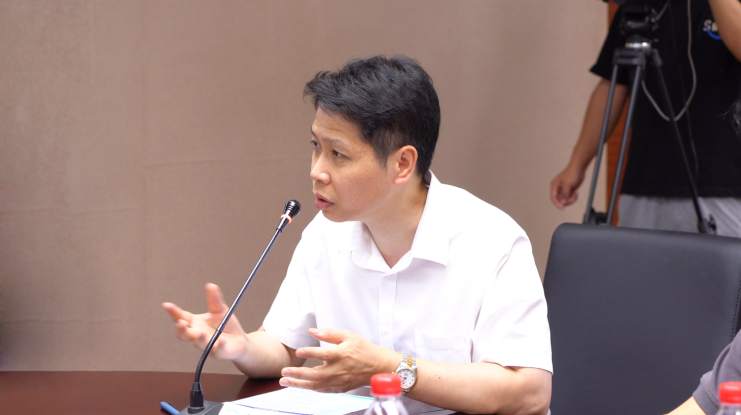
Professor Qiu Wei
Director Han Lanqing from the Artificial Intelligence Innovation Center of Tsinghua Pearl River Research Institute introduced the rare disease database (RDDC) developed by the team based on years of in-depth exploration in the field of artificial intelligence and bioinformatics. He explained how this database is structured to predict pathogenicity of mutations and assist in intelligent drug research and development. He expressed his hope to strengthen communication and cooperation with the experts from the Third Affiliated Hospital and turn basic research into practical applications, making scientific research and drug development for rare diseases more targeted.

Director Han Lanqing
Associate Director Professor Li Xinhua from the Rare Disease Center of the Third Affiliated Hospital of Sun Yat-sen University introduced the research progress of the Subspecialty of Metabolic Liver Diseases, which includes the latest research results of the team. They constructed a pre-diagnosis model to identify hepatic encephalopathy using six conventional indicators, in order to reduce the misdiagnosis rate of hepatic encephalopathy.
Professor Li Xinhua
Dr. Ren Sheng, Head of Gene Therapy Service Platform at Sanyou Biopharmaceuticals, focused on transformative gene therapy technology forand diagnosis and treatment transformation, and introduced how to efficiently optimize AAV capsid protein based on artificial intelligence, thereby ensuring the safety and efficacy of targeted gene delivery into the human body, and thereby helping to overcome the technical bottlenecks in the gene therapy industry.
Dr. Ren Sheng
Associate Director Professor Huang Zifang from the Rare Disease Center of the Third Affiliated Hospital of Sun Yat-sen University, combining the symptoms of congenital scoliosis, spinal muscular atrophy (SMA) combined with scoliosis, and other diseases, shared how to overcome the treatment difficulties of rare diseases combined with complex spinal deformities using innovative achievements, such as precise and safe minimally invasive correction mode for severe spinal deformities, and nerve safety strategies during surgery for severe spinal deformities.
Professor Huang Zifang
Dr. Wu Yao, Application Scientist at Sanyou Biopharmaceuticals, explained the necessity and methodology of applying whole-genome humanization in disease research and drug screening during the conference. She analyzed the application of Sanyou Biopharmaceuticals' self-developed whole-genome humanized HUGO-GTTM model in various rare disease gene therapy studies and efficient drug screening, combining specific cases in ophthalmology, neurology, and other fields.
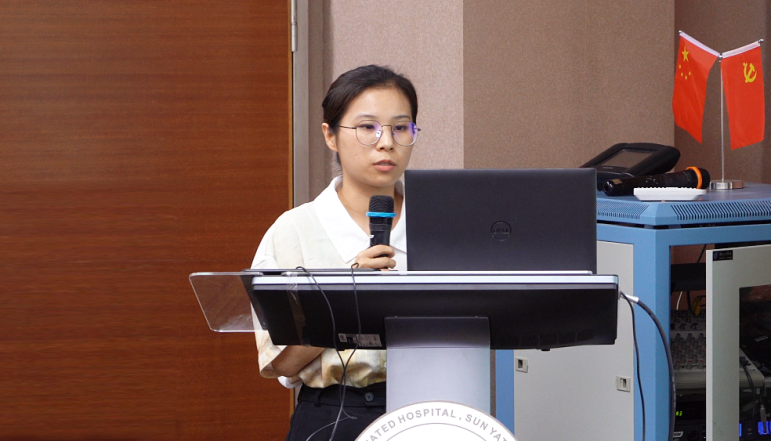
Dr. Wu Yao
Dr. Lin Juan, Chief Pediatric Endocrinologist at the Third Affiliated Hospital of Sun Yat-sen University, introduced the diagnosis and treatment status of rare diseases in children and expressed her own views on this. She proposed that it is necessary to provide comprehensive medical services to improve the level of diagnosis and treatment and help children with rare diseases escape their predicament through precise medical treatment, remote consultation, and bidirectional referral.
Dr. Lin Juan
Rare disease research and diagnosis and treatment are problems that the biopharmaceutical industry needs to face together. At this rare disease seminar, experts and scholars from all parties fully exchanged their experiences, which has great guidance significance for the follow-up clinical research work. We have reason to believe that, with the participation of hospitals, R&D CRO companies, public welfare organizations, and other parties, a close and orderly collaborative system can be gradually established, which can build an academic highland and also bring clinical transformation into reality, thus safeguarding the diagnosis and treatment of rare diseases.
